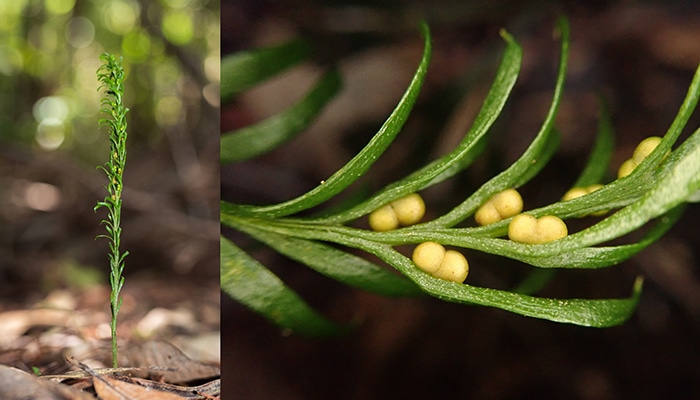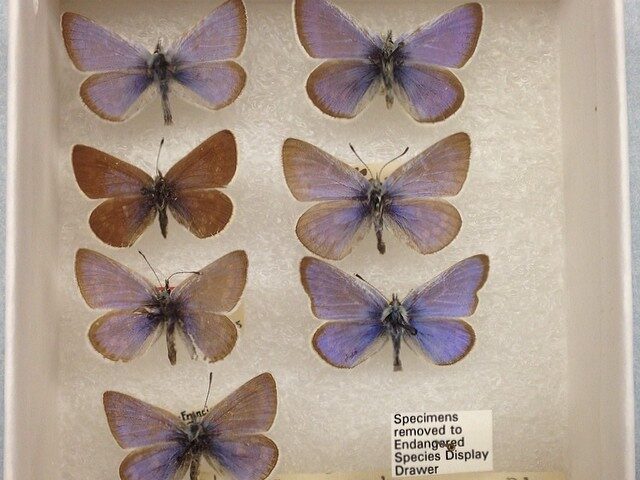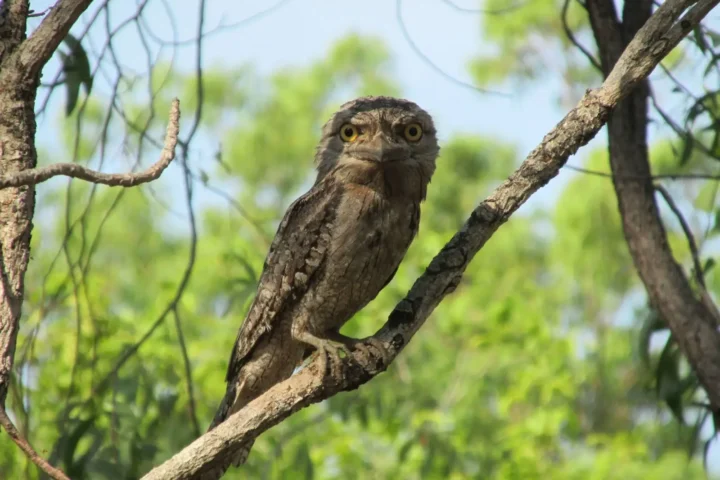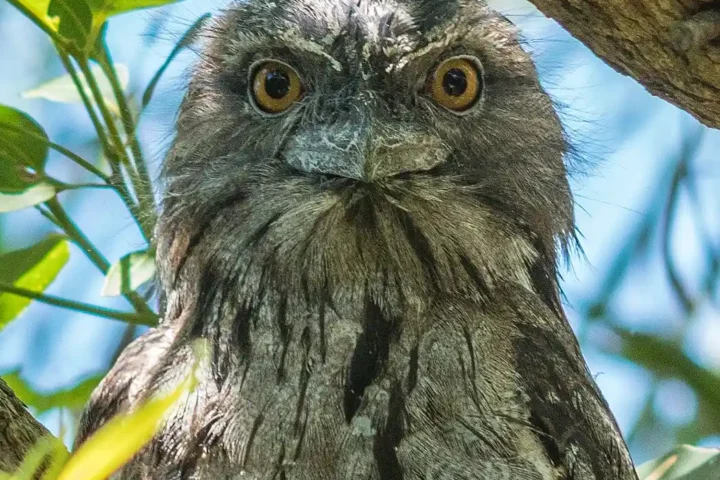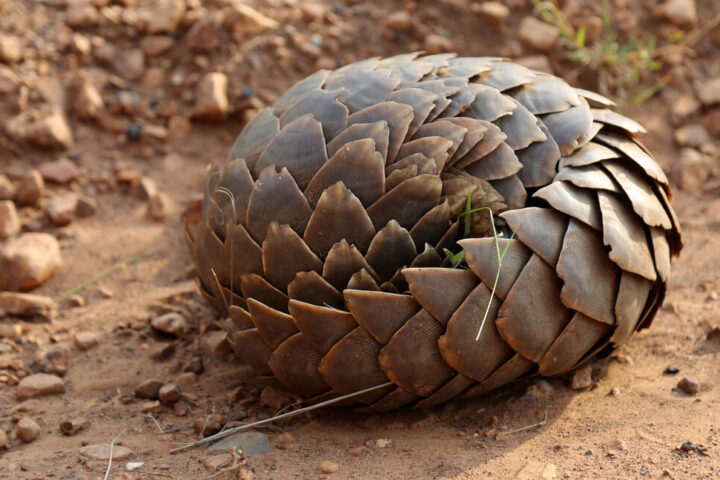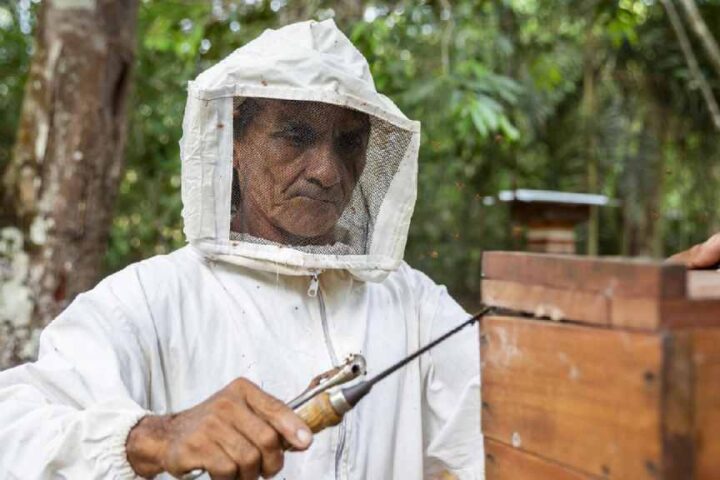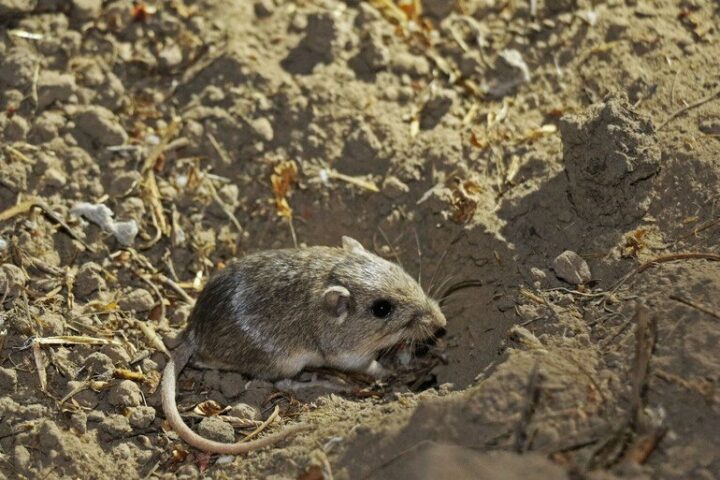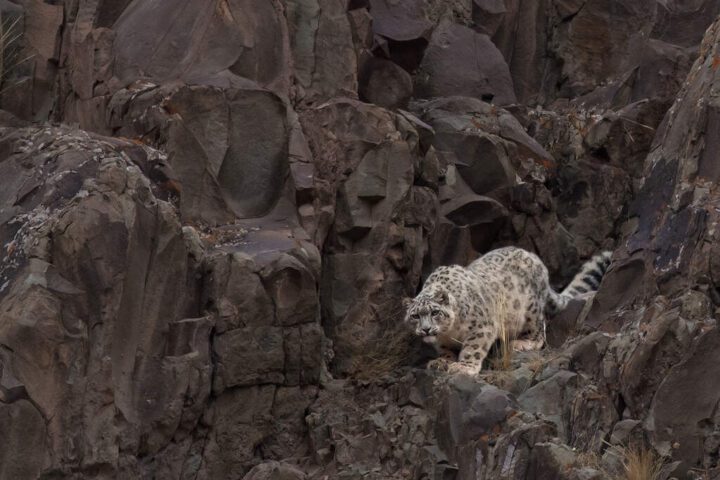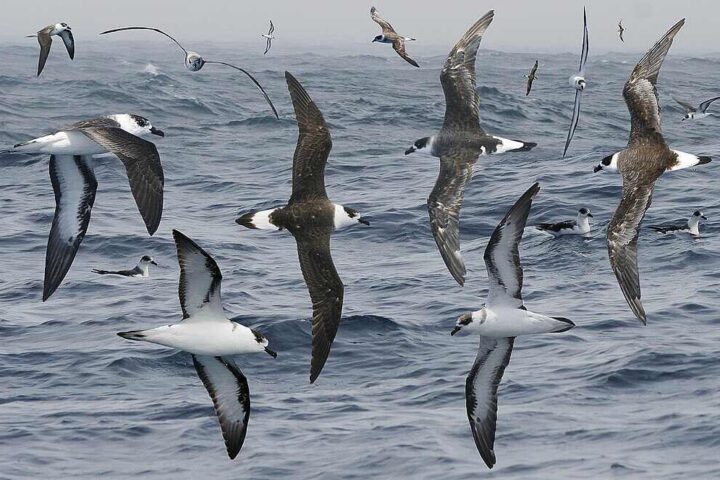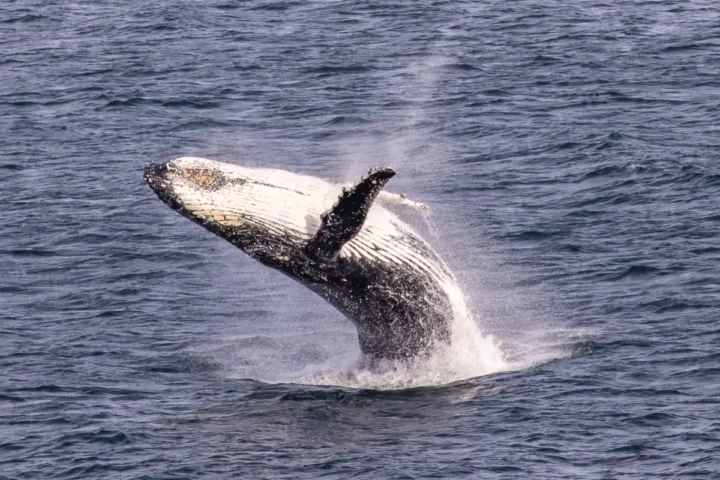The Guinness World Record for having the largest genome of any organism on Earth has been broken by a fern on a remote Pacific island. The complete set of genetic material present in any organism is a genome, including its DNA. Jaime Pellicer led a team of fellow scientists into a forest on Grande Terre, an island east of Australia, last year. The object of their search was a fern Tmesipteris oblanceolata.
It was not easy to find on the forest floor, as it is just a few inches tall. According to Pellicer, who works at the Botanical Institute of Barcelona, Spain, it doesn’t catch the eye; one would probably step on it and not even realize it. The nondescript fern was eventually spotted by them. It was studied in the lab, only to discover that it held an extraordinary secret. Tmesipteris oblanceolata has the largest known genome on Earth.
“Character Evolution, at RBG Kew, says: ”Who would have thought this tiny, unassuming plant that most people would likely walk past without notice, could bear a world-beating record in genome size. Compared to other organisms, plants are incredibly diverse when viewed at the DNA level, and that should make us pause to think about their intrinsic value in the wider picture of global biodiversity. This discovery also raises many new and exciting questions about the upper limits of what is biologically possible, and we hope to solve these mysteries one day.”
Dr Ilia Leitch, Senior Research Leader
The fern’s cells contain more than 50 times as much DNA as ours do. This is described in a study published Friday. The scientists found it strange that such a humble plant has such a gigantic genome. When biologists discovered that the double helix of DNA encodes genes, the enigma emerged in the 1950s.
Each gene consists of a series of genetic letters. Our cells read those letters to make corresponding proteins. It was assumed by the scientists that humans and other complex species must make a lot of different proteins and therefore have bigger genomes. They discovered they were wildly wrong when they weighed the DNA in different animals.
Similar Post
Frogs, salamanders, and lungfish had far bigger genomes than humans did. Genomes are much weirder than scientists had expected. For example, humans carry about 20,000 protein-coding genes. But they make up only 1.5% of the 3 billion pairs of stretches of letters in our genomes.
Some of them act like switches to turn neighboring genes on and off. Junk is the affectionate name given by the scientists for the remaining 90% of human genomes as they have no known function. According to Carl Zimmer of NYT, some species have little junk DNA, while others have staggering amounts. As an example, the African lungfish has the same number of protein-coding genes as we do, but they are scattered in a giant genome.
“Tmesipteris is a unique and fascinating small genus of ferns, whose ancestors evolved about 350 million years ago – well before dinosaurs set foot on Earth – and it is distinguished by its mainly epiphytic habit [it grows mainly on the trunks and branches of trees] and restricted distribution in Oceania and several Pacific Islands. For a long time, we thought that breaking the previous size record of Paris japonica was going to be an impossible mission, but once again, the limits of biology have surpassed our most optimistic predictions.
Based on our previous research we anticipated the existence of giant genomes in Tmesipteris. That said, discovering the largest genome of them all is not just a feat of scientific exploration, but the result of an almost fourteen-year journey into the boundless complexity and diversity of plant genomes.”
Dr Pellicer, a researcher in evolutionary biology
That genome has 40 billion pairs of DNA letters. They are 13 times as much DNA as our own genome holds. The study by Pellicer and his colleagues suspects that a combination of virus-like DNA and duplicated genomes are responsible for the huge amount of genetic material in Tmesipteris oblanceolata. Why this humble fern ended up with a record-setting genome while other species like us have so much less DNA is an enigma for the study published Friday.
Largest known genome found inside a fern on Grande Terre island east of Australia has 50 times as much DNA as most. The fern is called Tmesipteris oblanceolata. Strange are the ways of nature.
